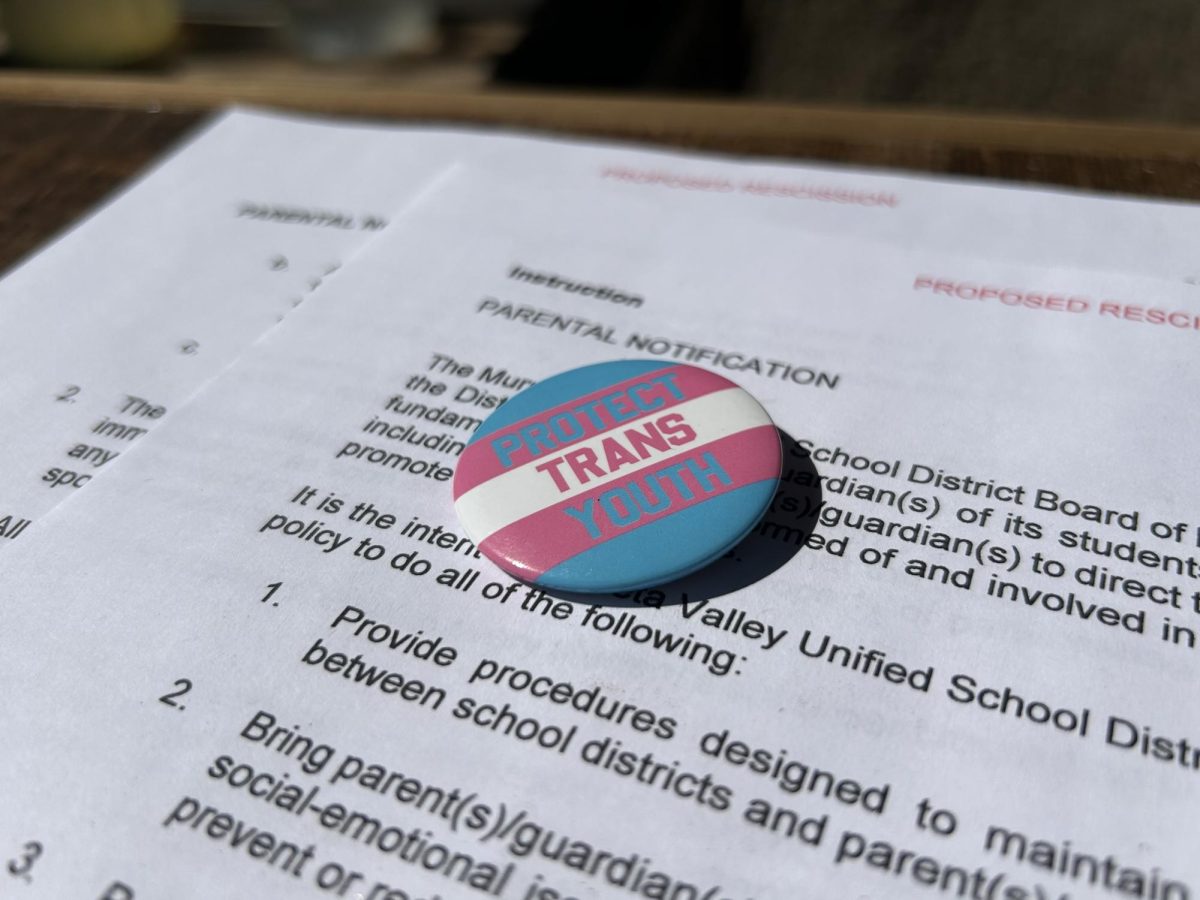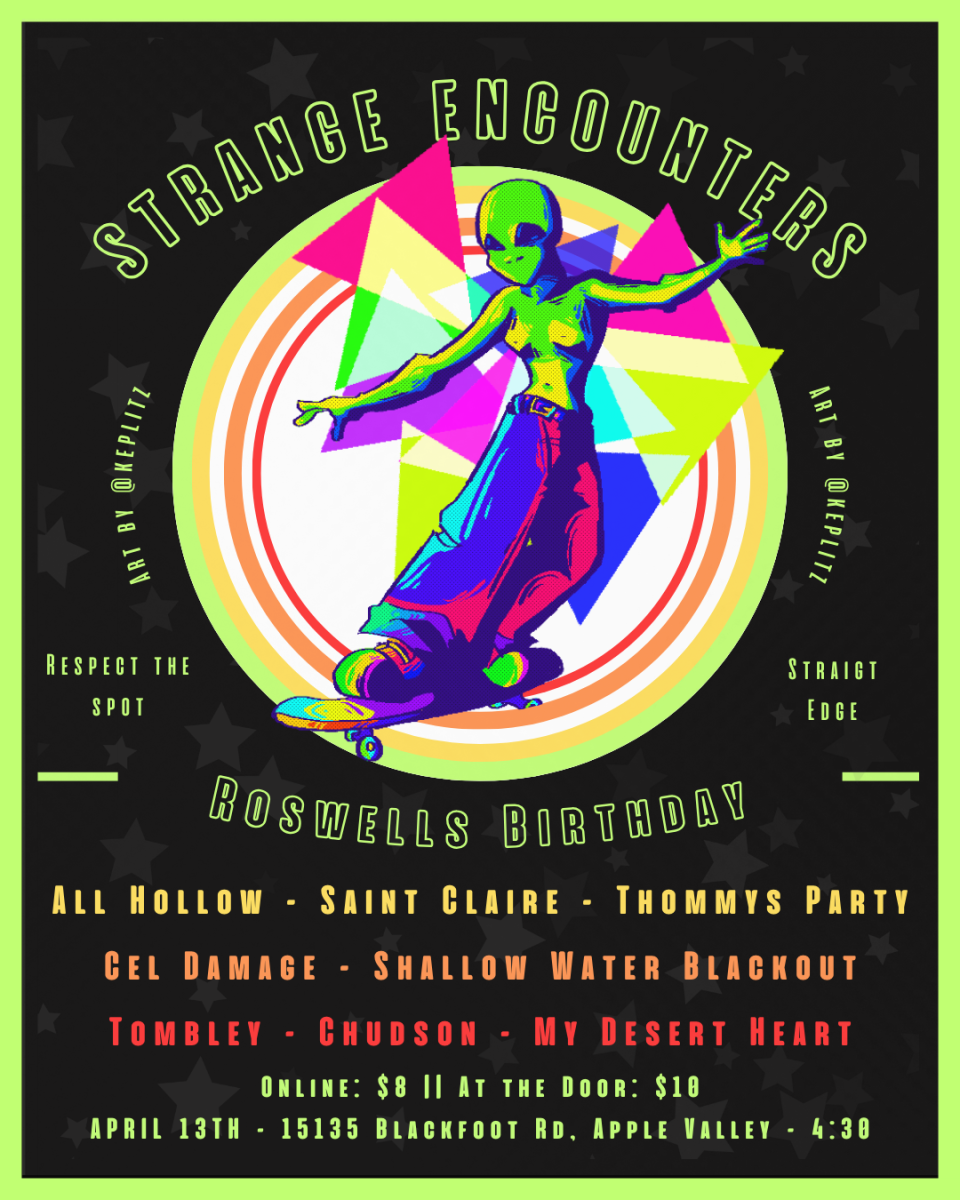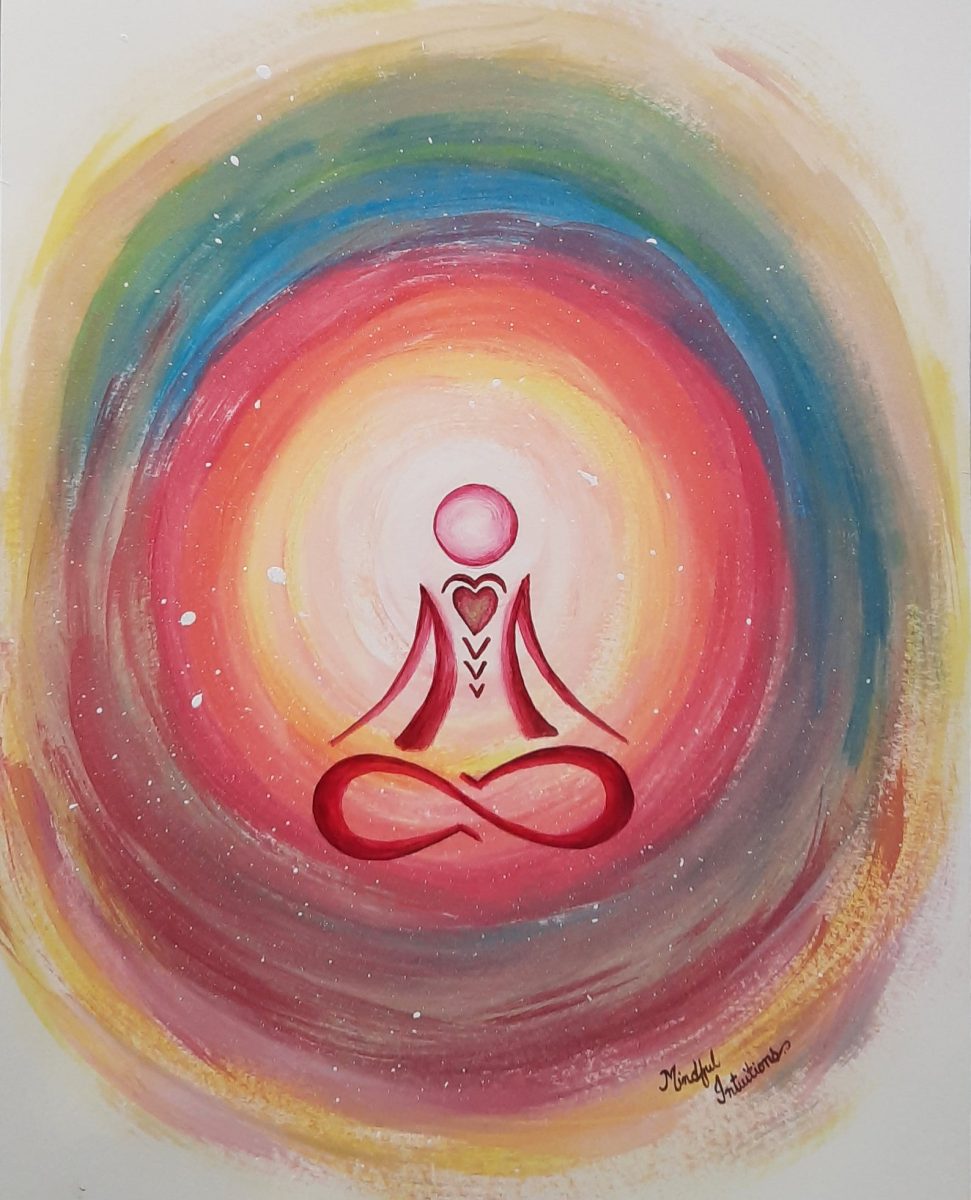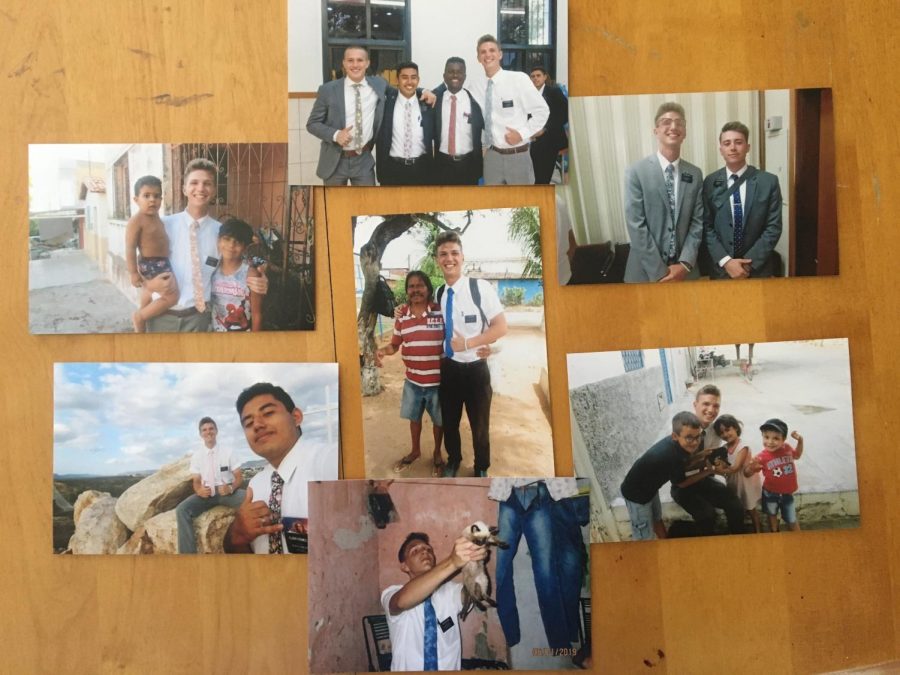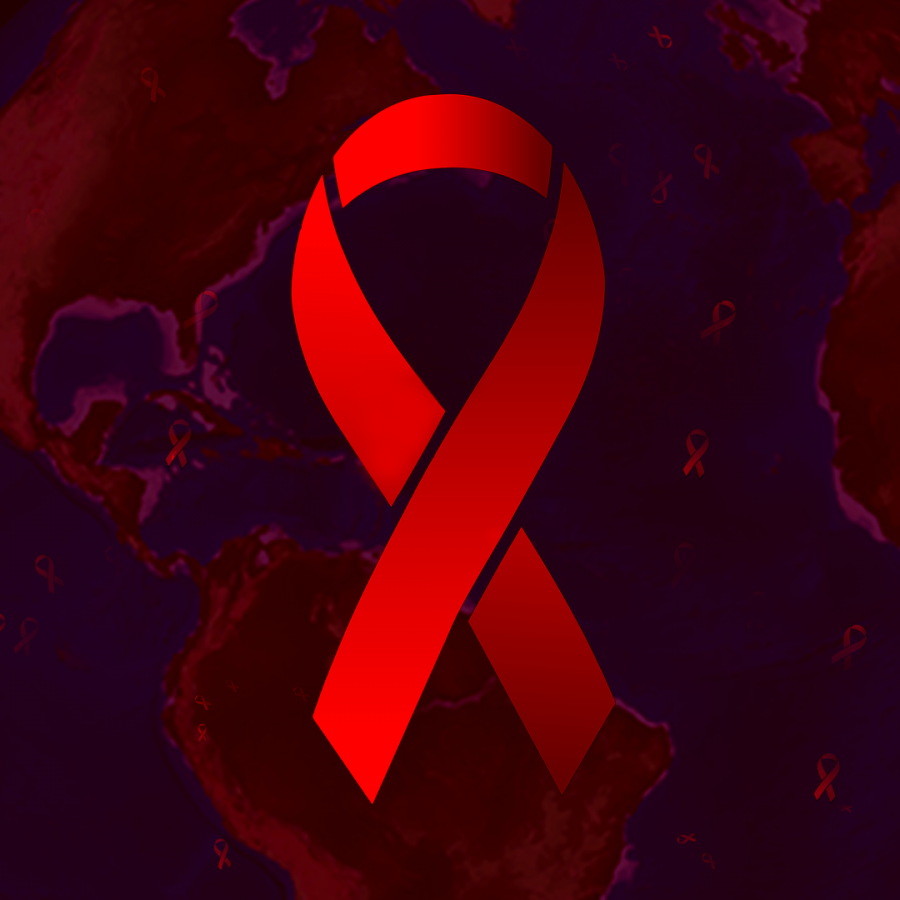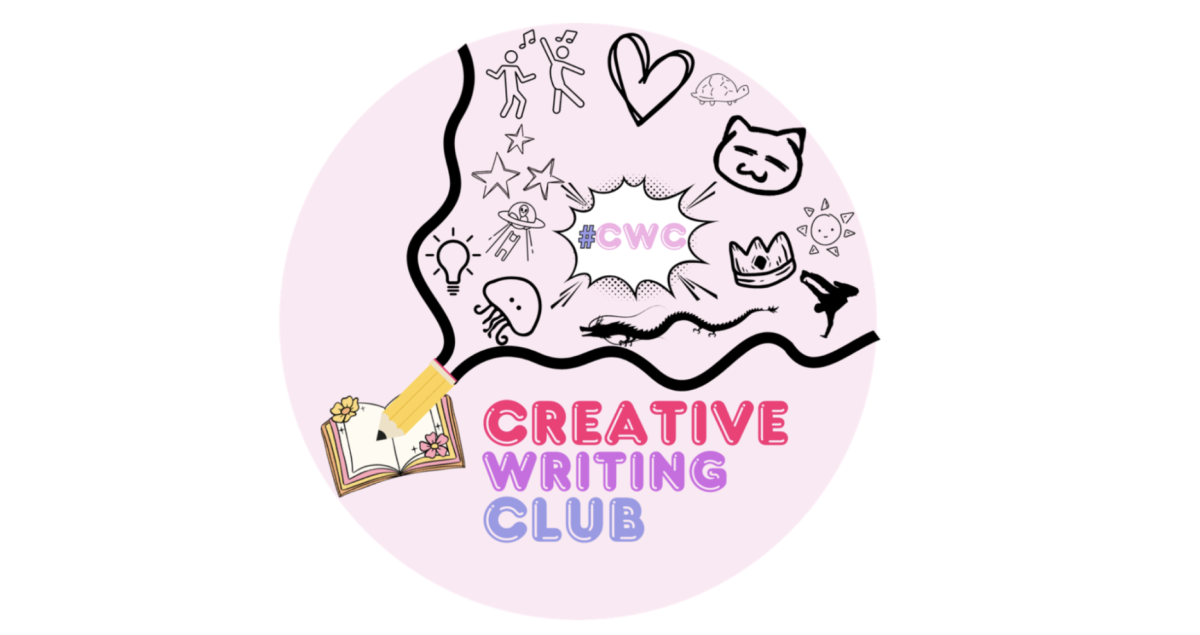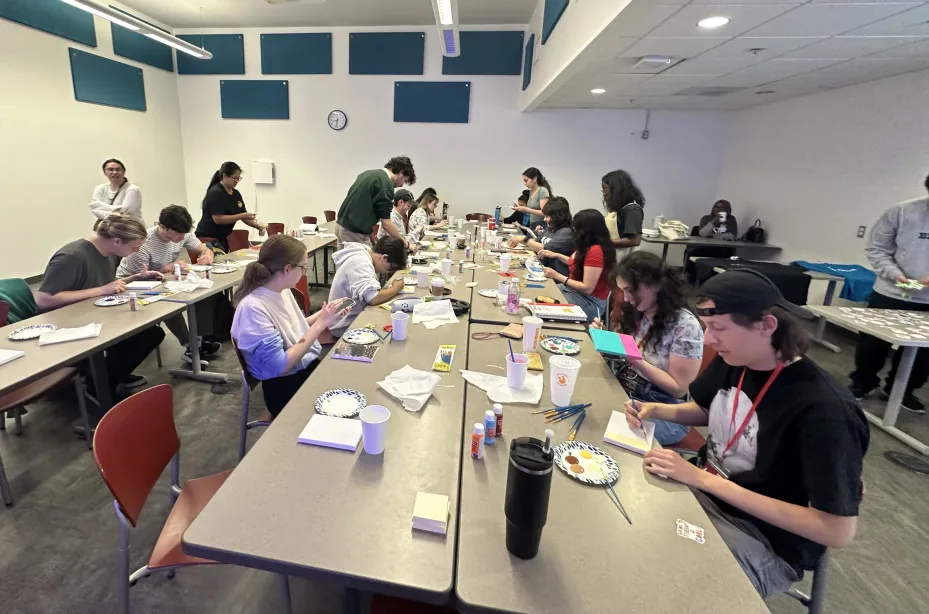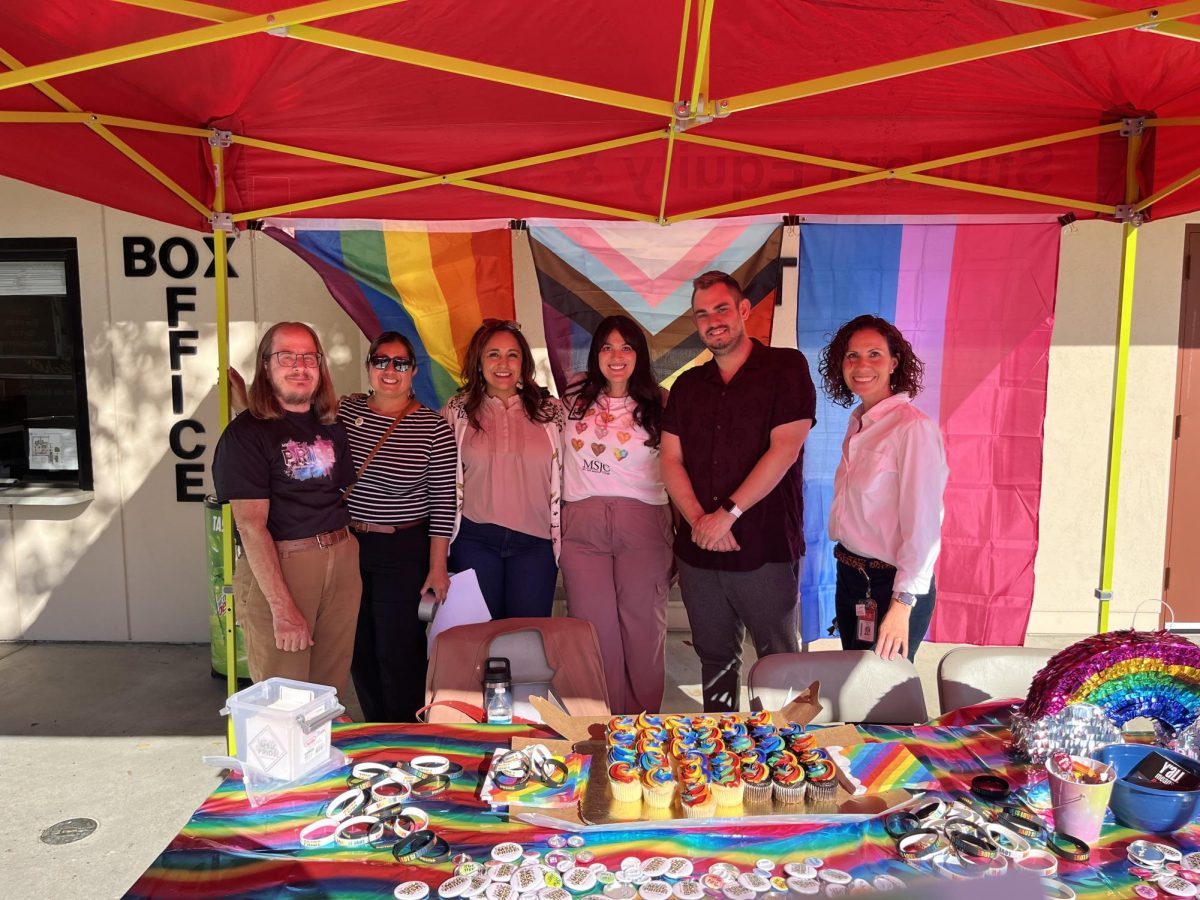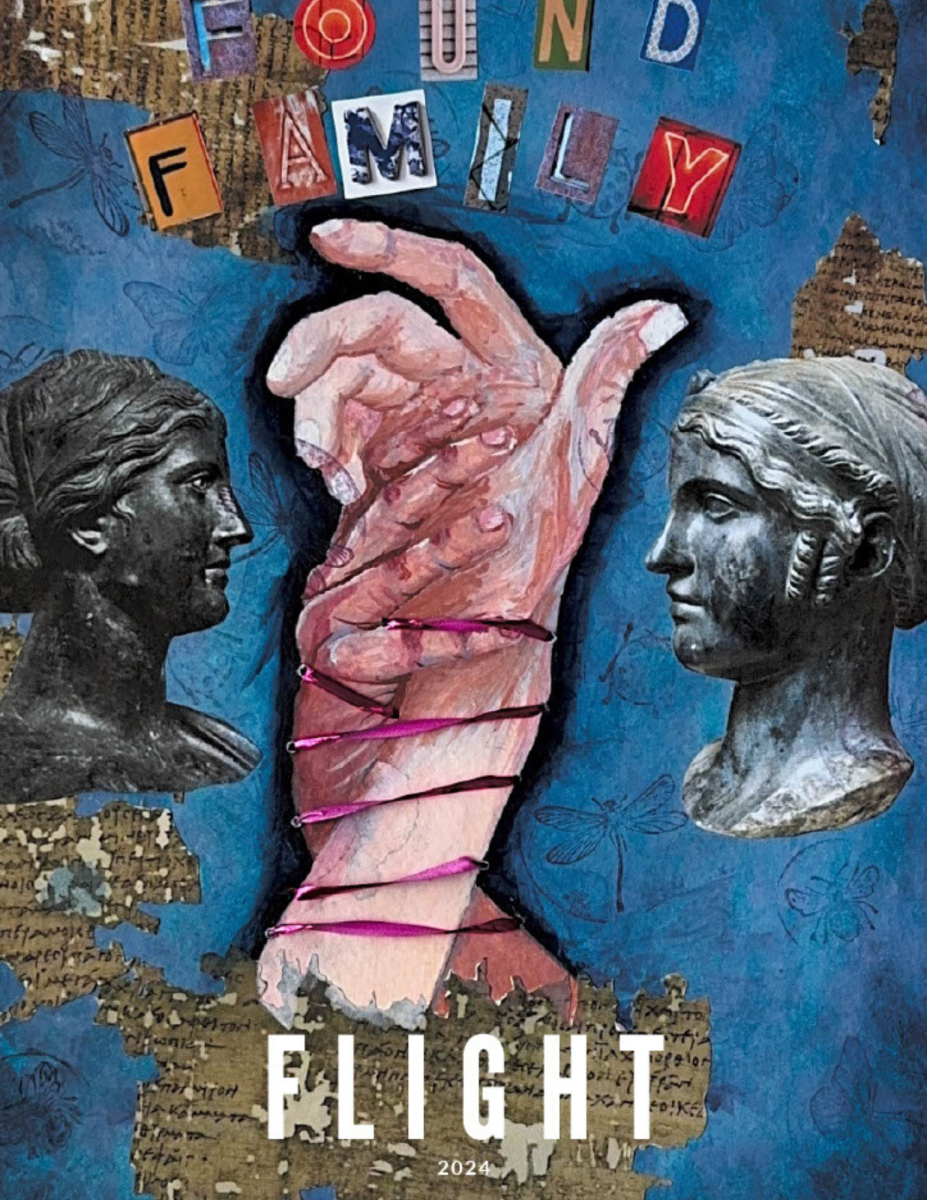World AIDS Day Turns 33, Spreading Awareness Remains Important
December 1, 2021
Initiated as a means to spread education awareness regarding the HIV/AIDS epidemic, World AIDS Day continues to do just that.
It is observed each year on December 1, though efforts were initially started by the World Health Organization. World AIDS Day first began in 1988 to unite people in the fight against HIV/AIDS on a global scale, memorialize those that succumbed to the disease, and to celebrate medical treatment advancements.
While major improvements to treat and suppress HIV have been made since it first appeared in October 1980 — a time when the disease was poorly understood and did not yet have a name — many people living with the condition still face stigma and discrimination due to fears and misinformation about HIV/AIDS.
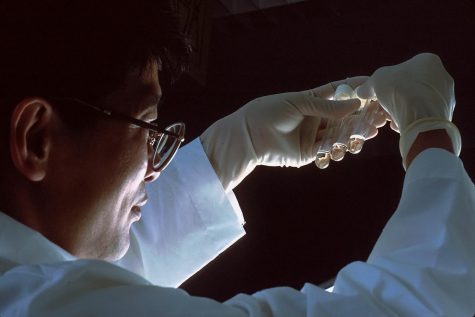
“I remember when HIV/AIDS used to be a death sentence. As soon as you found out you had it, you had about a year to get your affairs in order, then you died. Since then, however, the treatment has gotten so good that one pill a day can keep the virus in check and people that have HIV never progress to AIDS and can live a normal life span,” said Christina Ramirez, who has a doctoral degree in statistics and social science, and is a professor of biostatistics at the UCLA School of Public Health.
Originally appearing as a form of pneumonia and a rare cancer, HIV/AIDS was associated with only gay men because it was observed in them at first. The terms, “gay cancer” and “GRID” — gay related immune deficiency — were among the first names used to describe the illness.
On September 24, 1982, the Centers for Disease Control and Prevention called the disease acquired immune deficiency syndrome or AIDS. By this time, experts had observed the disease in not only homosexual men but in individuals of all sexual orientations, genders, and ages — including infants.
The first blood test used to detect the virus occurred on March 2, 1985.
The cause of AIDS — a retrovirus — was identified in 1984 by research groups located in both the U.S. and France. The retrovirus was officially named HIV — human immunodeficiency virus — on May 1, 1986, two years after it was identified.
Life expectancy for anyone who contracted HIV in the early years of the epidemic was a few months to maybe a few years.
“At first people didn’t want to know their status because there was nothing that could be done, but now it’s completely changed. You can live a normal life. You can make sure that you’re not going to transmit it to your partners and we also know that you don’t get HIV from casual contact,” emphasized Ramirez.

HIV is mostly contracted through vaginal or anal sex, and needle sharing. It is extremely rare to contract HIV through oral sex or kissing, and you cannot contract HIV by:
- Saliva, tears and sweat
- Insect bites
- Hugging or shaking hands
- Sharing dishes or toilets
- Breathing the same air
Medication to treat HIV positive people did not first become available until March 19, 1987, with the introduction of AZT. Since then, through efforts of scientists and researchers, there have been a variety of antiretroviral drug therapy breakthroughs to treat those infected with HIV as well as preventative medications and devices made for HIV negative people.
Antiretroviral drugs help to keep the amount of the virus in the body at undetectable levels, which prevents transmission of HIV to others and keeps HIV patients healthy.
“With treatment and if your virus is undetectable, the probability that you will infect anyone goes to zero. It’s a good thing to get treated,” Ramirez said.
“Get tested. Get treatment. Early treatment is key.”
Truvada and Descovy for PrEP (pre-exposure prophylaxis) — both approved medicines for HIV negative people—prevents infection of HIV up to 99.99% when taken as prescribed.
“I am a huge fan of PrEP. An ounce of prevention is worth a pound of cure. It’s one pill once a day and it has been shown to be quite effective in preventing acquiring HIV,” mentioned Ramirez.
“Drugs are not what they used to be and people can live a normal life with HIV,” continued Ramirez, who is part of a team of researchers working on a “vaginal ring” to aid in the prevention of HIV. Phase one trials were recently completed on the device and requires continued research, which may take years before it can hopefully be approved and made fully available to the public.

It’s been 40 years since the start of the HIV/AIDS epidemic, and people still suffer stigma in spite of advances in care and knowledge. The theme for World AIDS day this year is — Ending the HIV Epidemic: Equitable Access, Everyone’s Voice.
HIV has affected 79.3 million people worldwide to date and of those, 36.3 million have died from its complications and 37.7 million live with the condition.
“Public Health should try to reduce stigma no matter what, because if you induce a stigma it can keep people from seeking care and that is the opposite of what we want to do. We want people to feel comfortable, to feel welcomed, not judged, and to seek care,” mentioned Ramirez.










